How to Store Fruits and Vegetables to Last Longer: 10 Expert Tips for Freshness
Keep Your Produce Fresh Longer with These Simple Tips
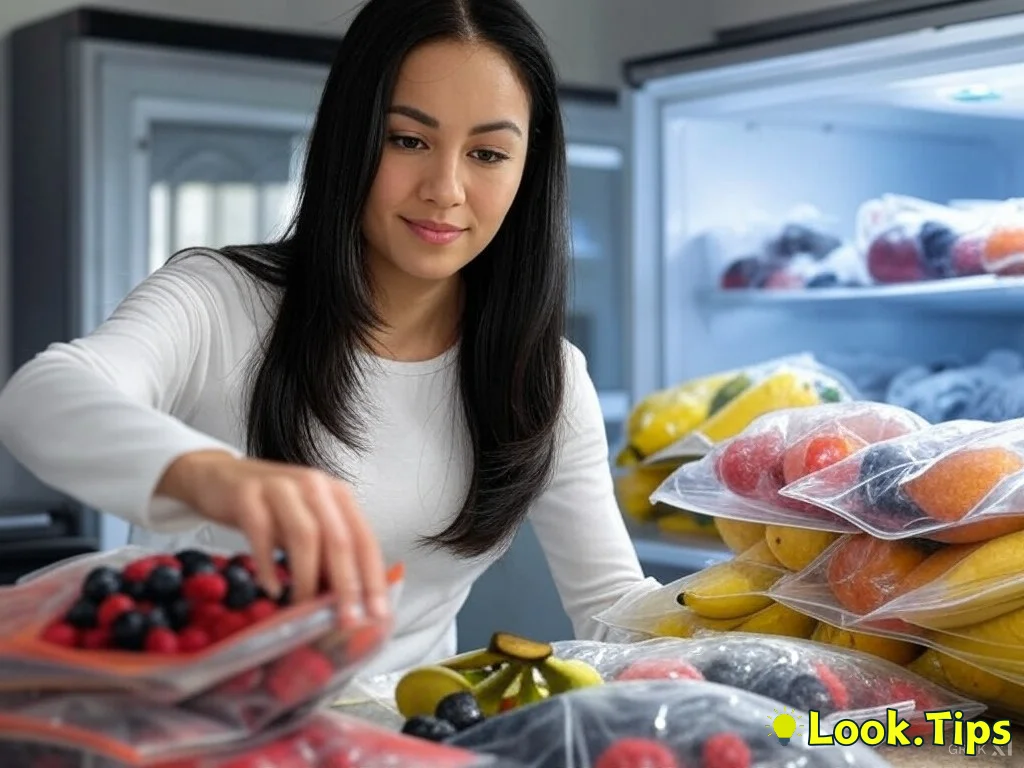
We’ve all been there—buying fresh fruits and vegetables only to find them wilted or spoiled days later. But what if you could make your produce last longer? Learning how to store fruits and vegetables properly can save you money, reduce food waste, and ensure you always have fresh ingredients on hand. Let’s dive into these expert tips!
1. Separate Ethylene Producers from Ethylene-Sensitive Produce

Some fruits, like apples, bananas, and tomatoes, release ethylene gas, which speeds up ripening and can spoil ethylene-sensitive produce like leafy greens, carrots, and berries. Store these groups separately to extend the shelf life of your fruits and vegetables.
2. Use the Crisper Drawer Correctly
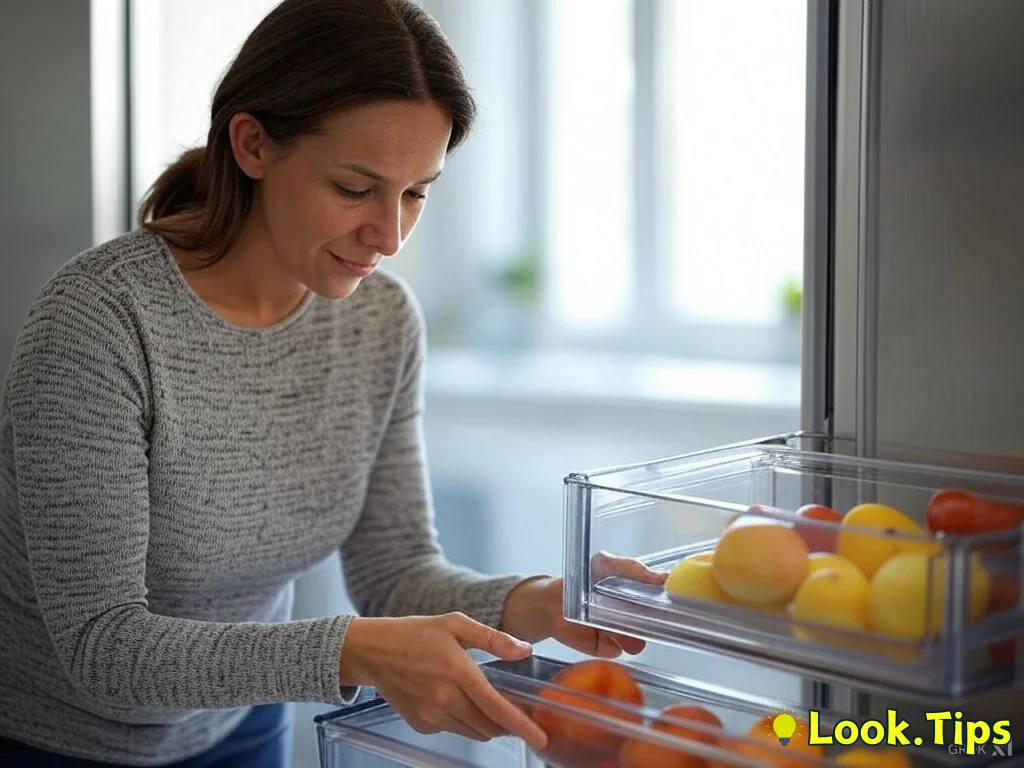
Your fridge’s crisper drawer isn’t just for storage—it’s designed to control humidity. Use the high-humidity setting for leafy greens and herbs, and the low-humidity setting for fruits like apples and pears. This helps maintain freshness and prevent spoilage.
3. Store Root Vegetables in a Cool, Dark Place
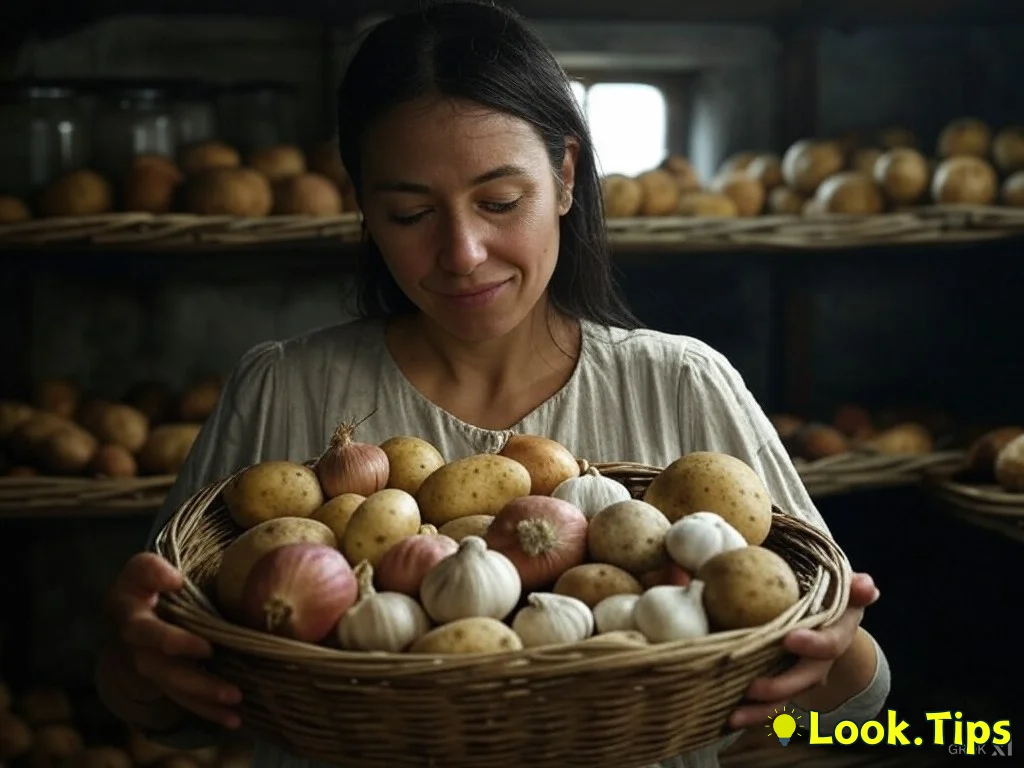
Potatoes, onions, and garlic last longer in a cool, dark, and well-ventilated area. Avoid storing them in the fridge, as cold temperatures can alter their texture and flavor. Keep them in a pantry or a paper bag for optimal storage.
4. Keep Berries Dry and Ventilated
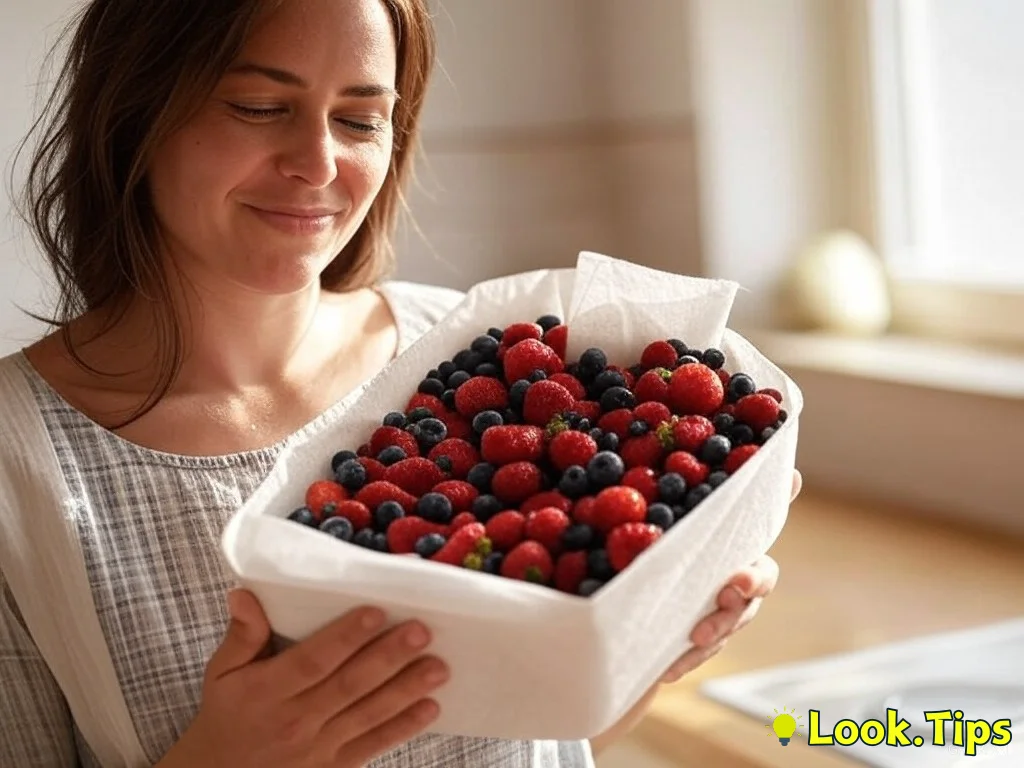
Berries are delicate and prone to mold. To make them last longer, store them in their original container or a breathable container lined with paper towels to absorb excess moisture. Avoid washing them until you’re ready to eat.
5. Wrap Leafy Greens in Paper Towels
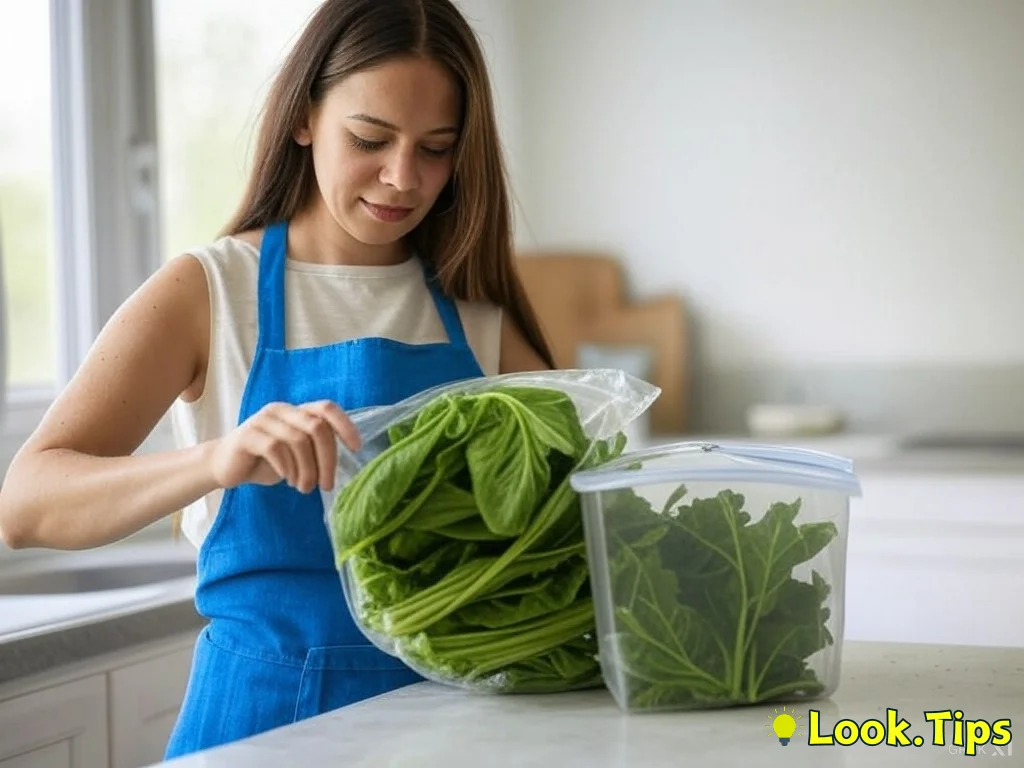
Leafy greens like spinach, kale, and lettuce tend to wilt quickly due to moisture. Wrap them in paper towels before placing them in a plastic bag or airtight container. The paper towels will absorb excess moisture, keeping them crisp and fresh.
6. Store Herbs Like Fresh Flowers
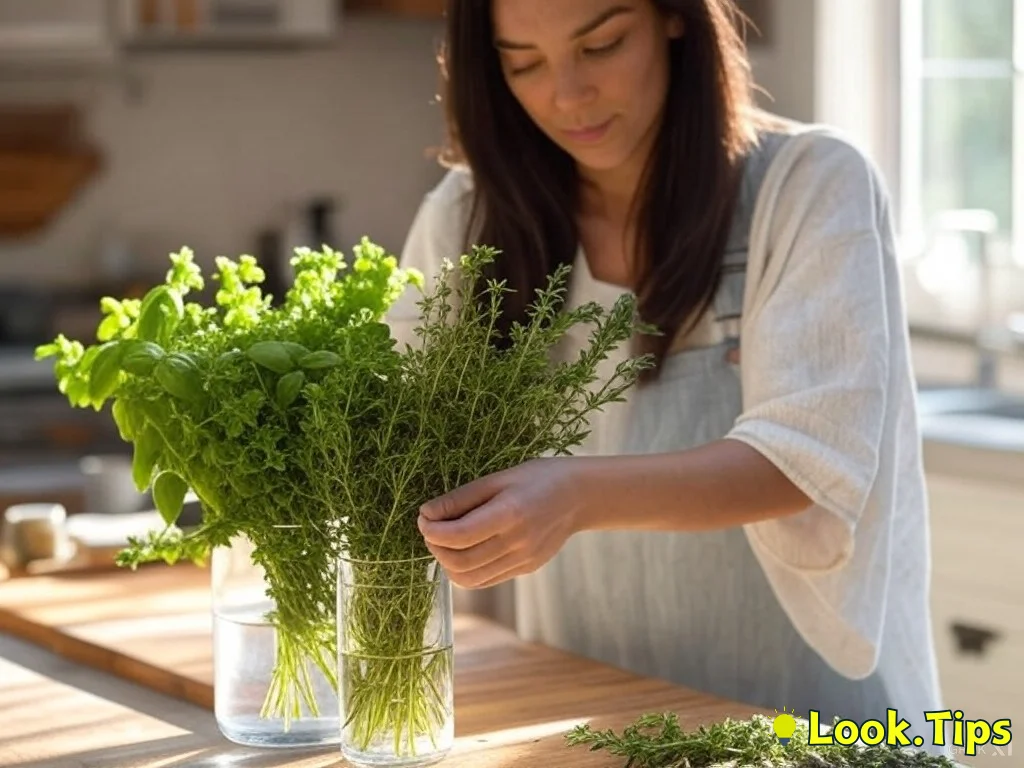
Treat herbs like parsley, cilantro, and basil like a bouquet of flowers. Trim the stems, place them in a jar with an inch of water, and cover loosely with a plastic bag. Store in the fridge and change the water every few days to keep them fresh.
7. Avoid Washing Produce Before Storage
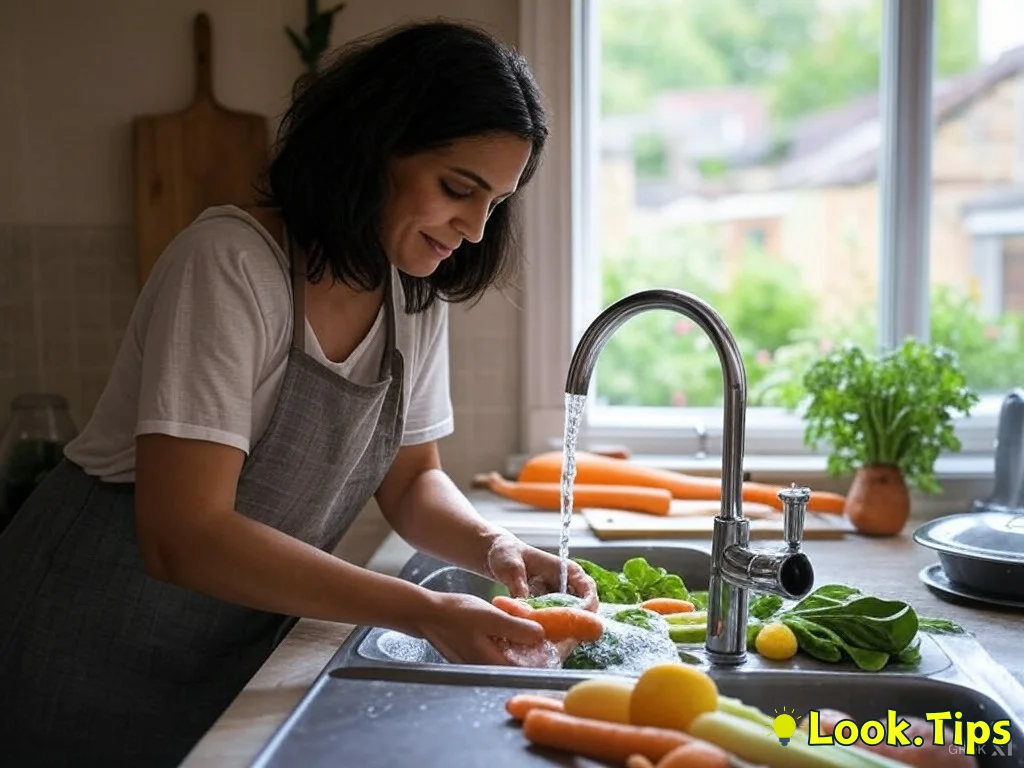
Washing fruits and vegetables before storing them can introduce moisture, leading to mold and spoilage. Instead, rinse them just before use. This simple step can significantly extend their shelf life.
8. Use Airtight Containers for Cut Produce

If you’ve already cut or peeled fruits and vegetables, store them in airtight containers to prevent exposure to air and bacteria. Adding a splash of lemon juice to cut fruits like apples and avocados can also prevent browning.
9. Freeze Excess Produce for Long-Term Storage

If you have more produce than you can use, freezing is a great option. Blanch vegetables like broccoli and green beans before freezing, and store fruits like berries and bananas in freezer-safe bags. This preserves their nutrients and flavor for months.
10. Check and Rotate Your Produce Regularly
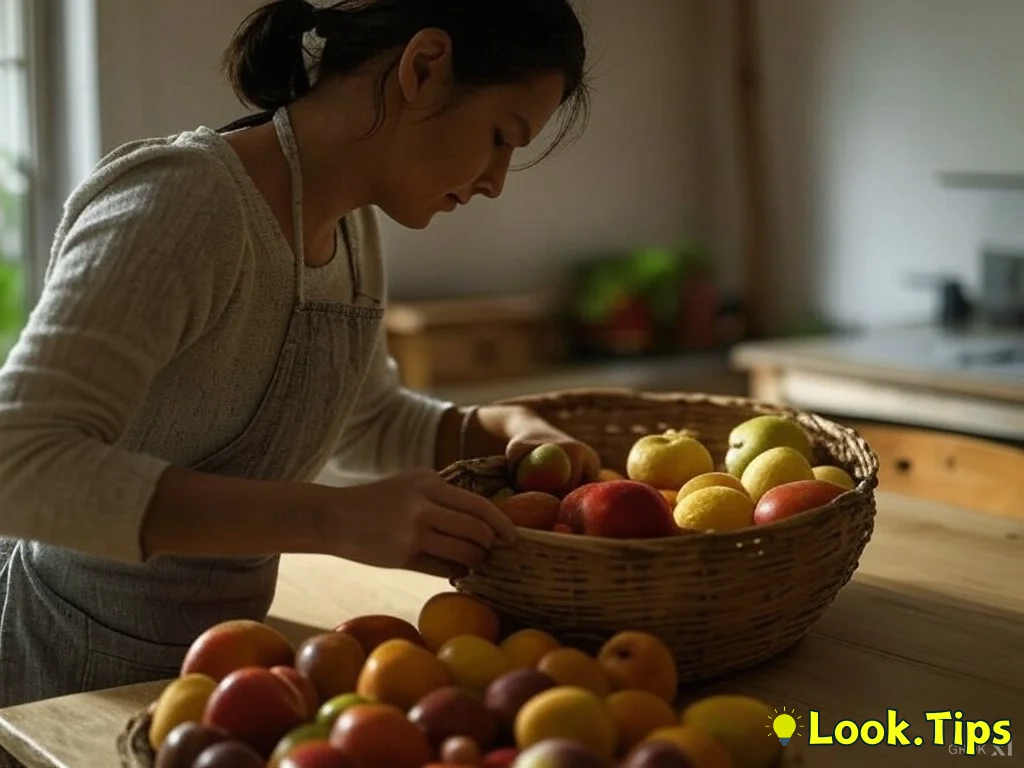
Make it a habit to check your fruits and vegetables regularly. Remove any spoiled items to prevent them from affecting others. Use the 'first in, first out' rule—eat older produce first to minimize waste.
Enjoy Fresher Produce Every Day!
By following these tips on how to store fruits and vegetables to last longer, you’ll not only save money but also enjoy fresher, tastier produce. Start implementing these strategies today and share this guide with friends and family to help them reduce food waste too!
Comments
Loading comments...